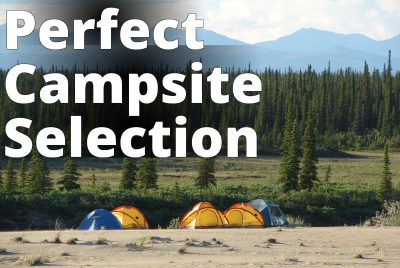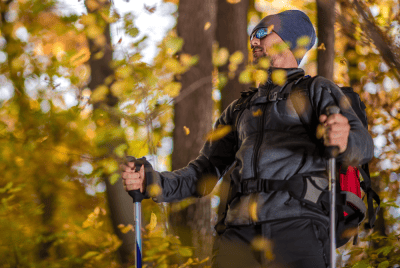How to Pack Light for Your Next Camping Trip: A Minimalist’s Guide
Let’s cut straight to the chase: Packing light for your camping trip isnt just about minimizing the weight on your back; its about maximizing the joy of your adventure.
The less you carry, the more you can enjoy the crisp mountain air, the unobstructed sunsets, and the serene wilderness without the burden of a cumbersome pack.
As someone who once believed that preparedness meant packing everything but the kitchen sink, I’ve learned through sweat, sore shoulders, and a few trips too many that lighter truly is better.
Lets dive into the specifics, shall we?
Learn to Pack Light for Camping
- Choose lightweight tent, sleeping bag, and sleeping pad.
- Opt for lightweight backpack, clothing, cookware, and gear.
- Use lightweight food and drink containers for efficient camping trips.
1. Choose a lightweight tent
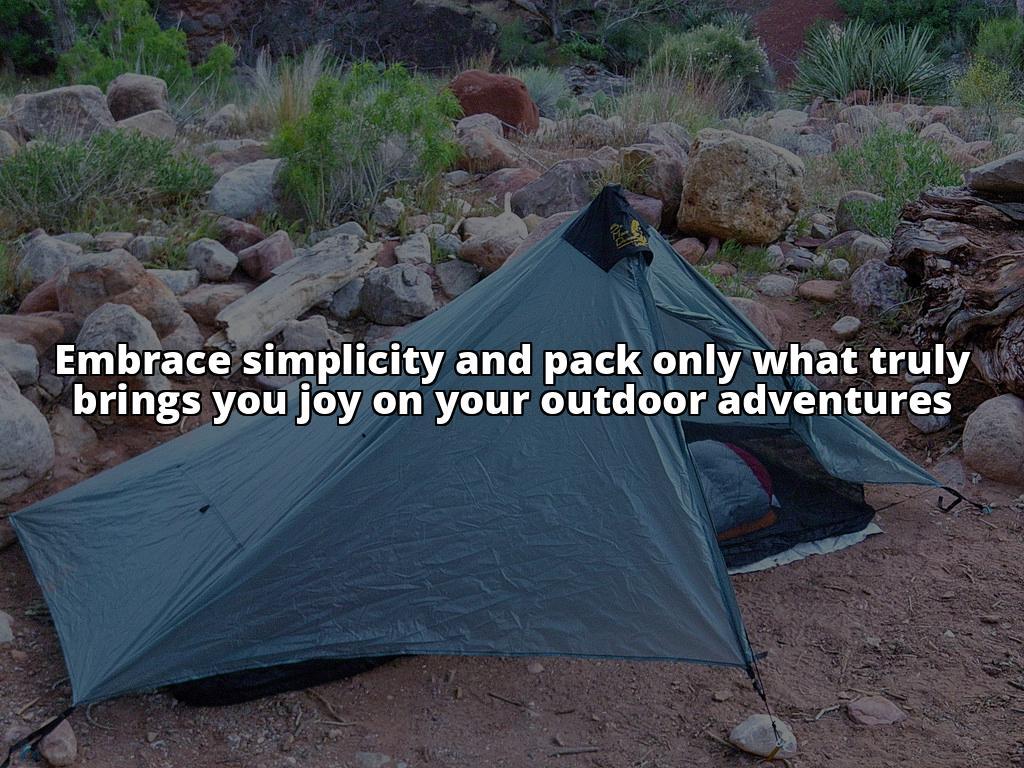
The tent is your home away from home, but it shouldnt feel like youre carrying an actual house on your back.
After switching to an ultra-lightweight tent, I cut my pack weight significantly.
Look for tents under 4 pounds for solo trekkers or under 6 pounds for two-person models.
The ClostNature Lightweight Backpacking Tent is a game-changer, combining durability with featherlight construction.
Remember, a minimalist design doesnt mean sacrificing comfort; it means prioritizing it.
2. Use a lightweight sleeping bag
Your sleeping bag can be a bulky behemoth or a snug cocoon that weighs almost nothing. Opt for a down-filled bag with a high fill power for the best warmth-to-weight ratio.
Down is not only lighter but also compresses more than synthetic fills, making it an efficient space saver. Dont forget to check the temperature rating to ensure its appropriate for your trip.
For more detailed guidance, see how much should a backpacking sleeping bag weigh.
3. Pack a lightweight sleeping pad
Never underestimate the power of a good nights sleep, especially on a lightweight sleeping pad that doesnt compromise on comfort.
Technology has evolved, and we now have options like the ultralight inflatable pads that offer excellent insulation and comfort without the heft.
The trick is to find one that balances weight, comfort, and warmth for your specific needs.
4. Use a lightweight backpack
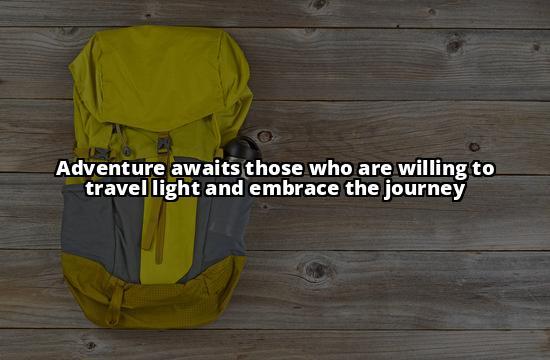
This might seem obvious, but the choice of backpack can dramatically affect your overall load. A lightweight backpack with a capacity of 50-70 liters will serve most purposes.
Look for one with an internal frame, customizable fit, and only essential features. Every ounce counts, so choose wisely.
5. Choose lightweight clothing
Layer, layer, layer. Opt for moisture-wicking fabrics for your base layer, insulating materials like fleece for your mid-layer, and a lightweight, waterproof, and breathable shell for the outer layer.
This system not only keeps you comfortable in a variety of conditions but also saves space and weight compared to packing bulky items.
Insider Tip: Merino wool is your friend. Its lightweight, keeps you warm even when wet, and doesnt hold odors.
6. Use lightweight cookware
Gone are the days of lugging around heavy pots and pans. Todays lightweight cookware is made from materials like titanium, which is not only featherlight but also extremely durable.
A simple pot, a mug, and a spork might be all you need. And remember, youre not opening a restaurant; youre fueling your adventure.
7. Use lightweight food and drink containers
Ditch the heavy water bottles and unnecessary packaging. Opt for collapsible containers and hydration bladders that conform to the space in your pack.
As for food, repackage meals into zip-top bags to reduce weight and bulk. This also makes it easier to pack out trash.
8. Use lightweight food and drink
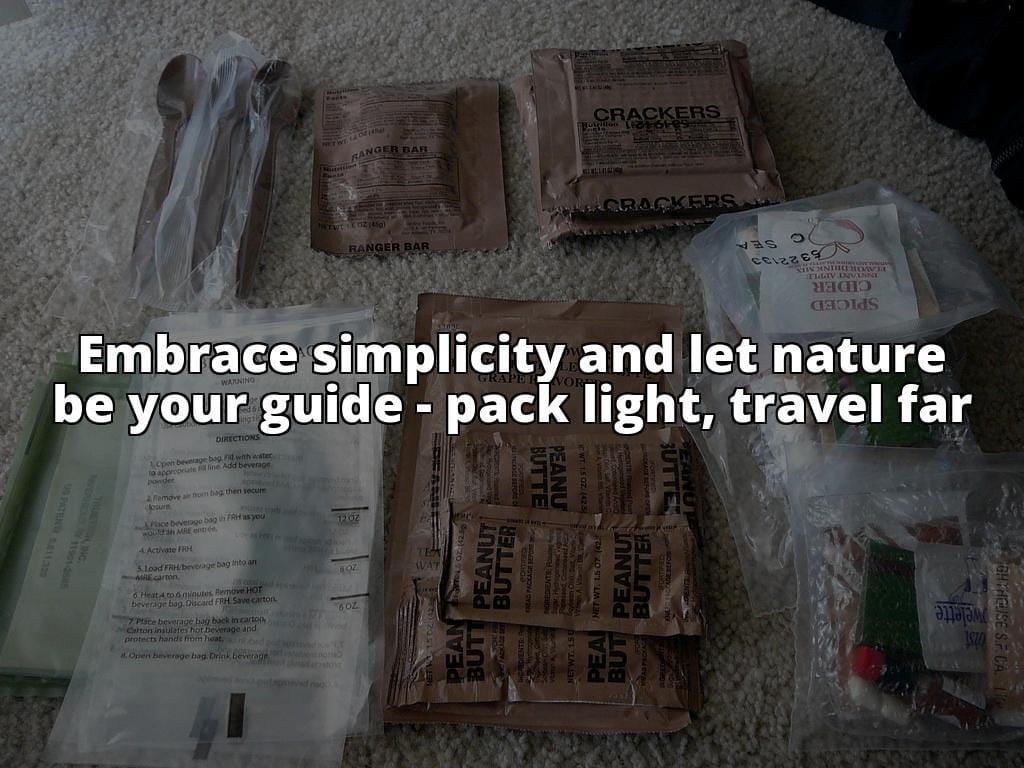
The mantra here is simple: high energy, low weight. Dehydrated meals, energy bars, nuts, and jerky are excellent choices.
They pack a caloric punch without the weight of water. Also, consider your cooking method; a lightweight stove and fuel can make a significant difference.
For ideas, check our camping lunch ideas.
9. Use lightweight hiking gear
Every item in your pack should earn its keep, especially your hiking gear. Choose a lightweight trekking pole, headlamp, and multi-tool.
These items can significantly improve your hiking experience without weighing you down. Its about finding the perfect balance between utility and weight.
10. Use lightweight camping gear
Finally, scrutinize every piece of gear for weight-saving opportunities. This includes everything from a lightweight toothbrush to a compact camera.
Ask yourself: Do I really need this? Can I find a lighter version? Often, the answer is yes.
Insider Tip: Use a digital scale to weigh your items. Its an eye-opener and will help you make informed decisions about what to pack.
Real-Life Example: Packing Light Saves the Day
Sarah’s Story:
Sarah, an avid camper, used to pack heavy for her trips, carrying unnecessary items that took a toll on her back and shoulders.
One day, she decided to switch to lightweight camping gear after reading about the benefits of packing light.
She invested in a lightweight tent, sleeping bag, and backpack, significantly reducing the weight she had to carry.
The Result:
Sarah noticed a remarkable difference on her next camping trip. With the lighter load, she was able to hike longer distances without feeling fatigued.
She also found setting up and dismantling her camp much easier and quicker. By the end of the trip, Sarah was sold on the idea of packing light and never looked back.
Efficient Packing: Less is More
Efficient packing is not just about what you pack, but how you pack it. Use compression sacks to reduce the volume of your clothing and sleeping bag.
Strategically place heavier items closer to your back and higher up in your pack for better weight distribution. And always, always use the available space inside your cookware and shoes.
Remember, packing light doesnt mean leaving behind essentials or compromising on safety. Its about making smart choices that enhance your experience.
The wilderness is unforgiving, and every ounce saved is an ounce that doesnt weigh you down on the trail.
Conclusion
Lightening your backpacking gear is more than a practice; its a philosophy. It encourages us to question what we truly need and what we can leave behind.
The result is not just a lighter pack but a freer, more enjoyable hiking experience.
Whether youre scaling peaks or exploring hidden valleys, the key to adventure lies not in the weight on your back, but in the lightness of your step. So, embrace these tips, and let the journey begin.
And remember, the goal is not just to pack light but to pack right. For more insights into making the most of your outdoor adventures, visit campinghikinglife.com.
Common Questions
Who benefits from packing light for a camping trip?
Campers benefit by reducing the weight of their gear for easier travel.
What are key tips for packing light on a camping trip?
Choose multi-purpose items, opt for lightweight gear, and pack only essentials.
How can I reduce the weight of my camping gear?
Minimize clothing, pack dehydrated food, and use compact equipment.
What if I feel like I need more items than I can pack?
Prioritize necessities over luxuries and remember that less is often more.
How do I avoid overpacking for a camping trip?
Make a list of essentials, lay out gear before packing, and resist adding extras.
What if I’m unsure about what to leave behind?
Ask yourself if an item is truly essential and if it serves multiple purposes.



